With the upcoming 2026 edition, significant changes are expected to impact electrical inspectors, installers and manufacturers alike.
by Gary Flom, Service Line Leader – U.S. Field Services, Electrical & Wireless, Intertek
As the electrical industry evolves, so too must the standards that govern it. Every three years, the National Electrical Code® (NEC®) undergoes a comprehensive update to reflect emerging technologies, enhance safety measures, and adapt to new industry practices. The 2026 NEC® revision is on the horizon, bringing critical changes designed to improve efficiency, sustainability, and protection against electrical hazards. Understanding these updates is essential for AHJs, electricians, engineers, and contractors looking to stay ahead in a rapidly advancing field.
Reasons for the 2026 NEC Update:
Technological Advancements – New electrical devices, smart grids, renewable energy sources (solar, wind), and electric vehicle (EV) charging infrastructure require updated codes.
Safety Improvements – The NEC® continually revises requirements to reduce risks of electrical fires, shocks, and other hazards.
Energy Efficiency & Sustainability – With increasing emphasis on energy conservation, new codes may include provisions for energy storage systems, microgrids, and more efficient electrical installations.
Addressing Industry Feedback – Electrical professionals, inspectors, and manufacturers contribute feedback to improve clarity and usability.
Changes in Construction & Electrical Practices – New building materials and methods influence electrical installations, requiring updates to align with industry best practices.
The 2026 NEC® is currently in the proposal and review phase, with finalized changes expected before the official publication, which is expected to be available in late summer or early fall of 2025.
What Electrical Inspectors and Manufacturers Should Expect from the 2026 NEC Changes
With the upcoming 2026 edition, significant changes are expected to impact electrical inspectors, installers and manufacturers alike. These updates aim to enhance clarity, improve system integration, and reflect the evolving technological landscape of electrical and communication systems. Here’s what professionals in the field should expect and prepare for as these changes take effect.
Integration of Chapter 8 with the Rest of the Code
Traditionally, Chapter 8 of the NEC, which governs communications systems and cables, has operated independently from Chapters 1-7. The 2026 NEC removes this exception, meaning that communication cabling and power systems will now follow a unified set of regulations.
Implications for Inspectors:
- Electrical inspectors will need to familiarize themselves with the new integrated approach to ensure proper compliance across power and communication installations.
- Inspections will benefit from requirements for grounding, bonding, and installation of communication systems in the unified format of Chapter 7, providing improved clarity and ease of use.
- This change may result in increased coordination with IT professionals, as the distinction between electrical and communication infrastructure continues to blur.
Introduction of the ‘Limited-Energy Cables’ Definition
To simplify code application and enhance consistency, the 2026 NEC introduces the term “limited-energy cables.” This classification will encompass various cable types previously defined under separate terms.
Implications for Inspectors:
- Inspectors must adapt to the new terminology and understand how different low-voltage cables fit into this classification.
- They will need to ensure that installers are adhering to revised labeling and installation requirements associated with limited-energy cables.
- This change is expected to reduce confusion but may require additional training for inspectors to accurately interpret compliance.
Relocation of Article 220 to Article 120
Article 220, which governs electrical load calculations, is being relocated to Article 120 within Chapter 1. This move is intended to improve the logical flow of the NEC, making critical calculations more accessible.
Implications for Inspectors:
- While the content remains largely the same, inspectors must be aware of the new location to efficiently reference load calculation requirements.
- Training programs and reference materials will need updating to reflect the new numbering system.
- This relocation could affect cross-referencing with other code sections, requiring inspectors to adjust their review process accordingly.
Relocation of Article 750 to Article 130
This move related to Energy Management Systems is intended to correlate with load calculations and will allow for new added large loads without having to increase infrastructure by controlling the loads that can be operated at one time or operated at full demand.
Implications for Inspectors:
- Inspectors must verify EMS functionality, including programming, load-shedding logic, and integration with the electrical design.
- Inspections will now require evaluating both physical installations and EMS operational logic, expanding the scope of compliance checks.
Conclusion
The 2026 National Electrical Code® introduces significant updates that will impact both electrical inspectors and manufacturers. The integration of Chapter 8 with the rest of the NEC®, the introduction of limited-energy cables, and the relocation of Article 220 are just a few of the major shifts professionals will need to navigate. Inspectors must adapt to expanded compliance responsibilities, while manufacturers must ensure their products align with the new standards. By staying informed and proactive, industry stakeholders can ensure a smooth transition to the updated NEC® and maintain the highest standards of electrical safety and efficiency.


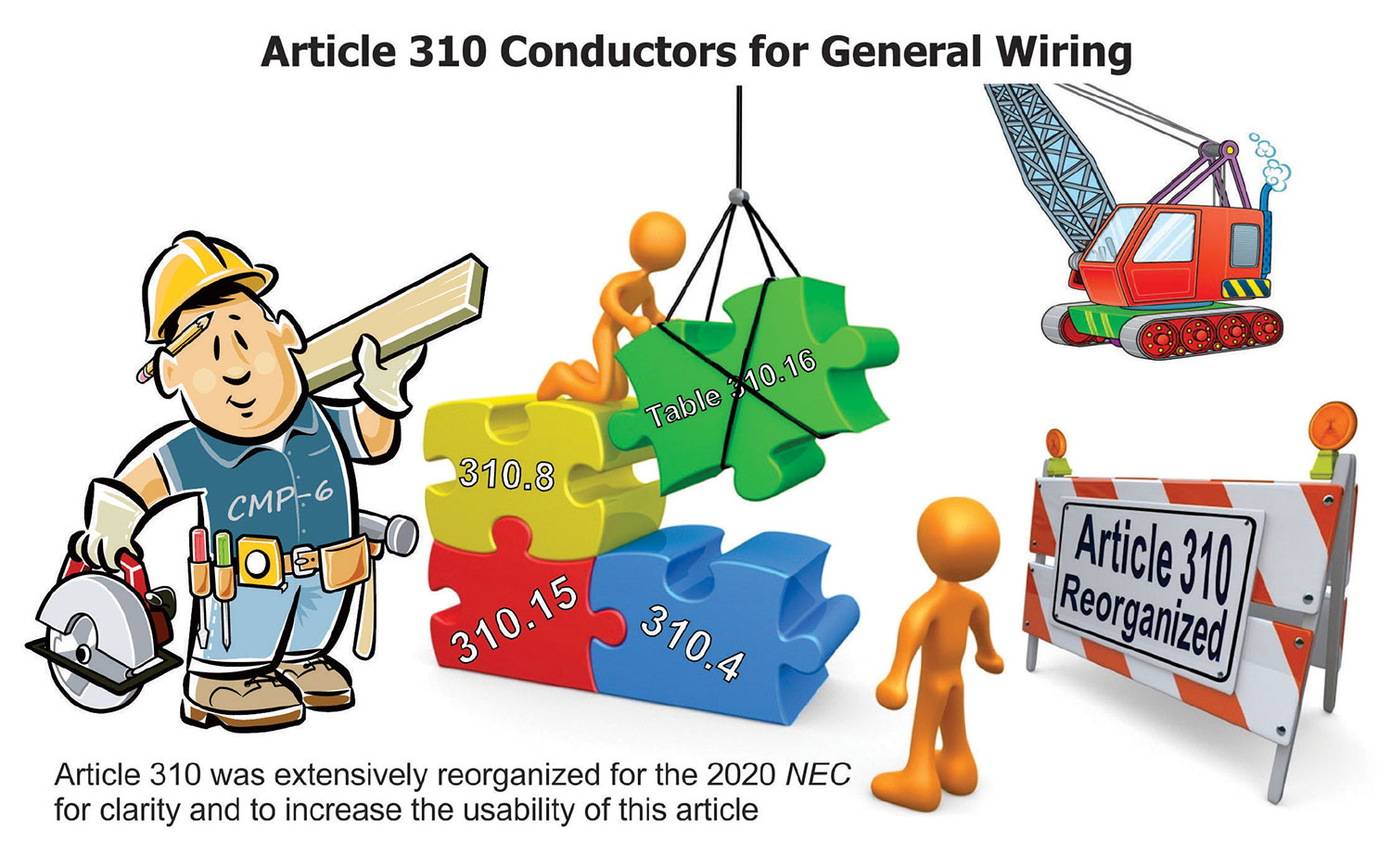
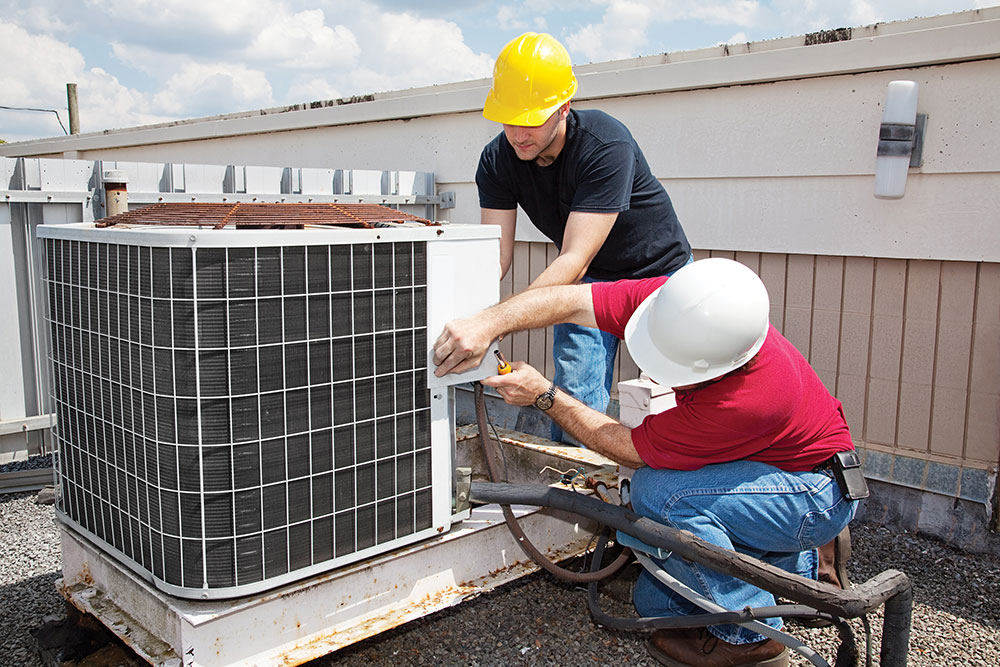

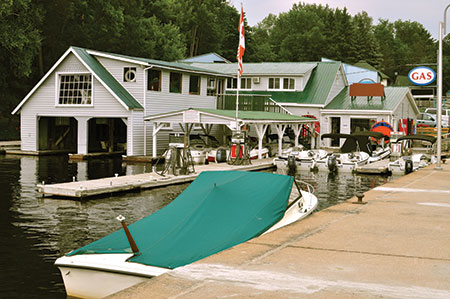



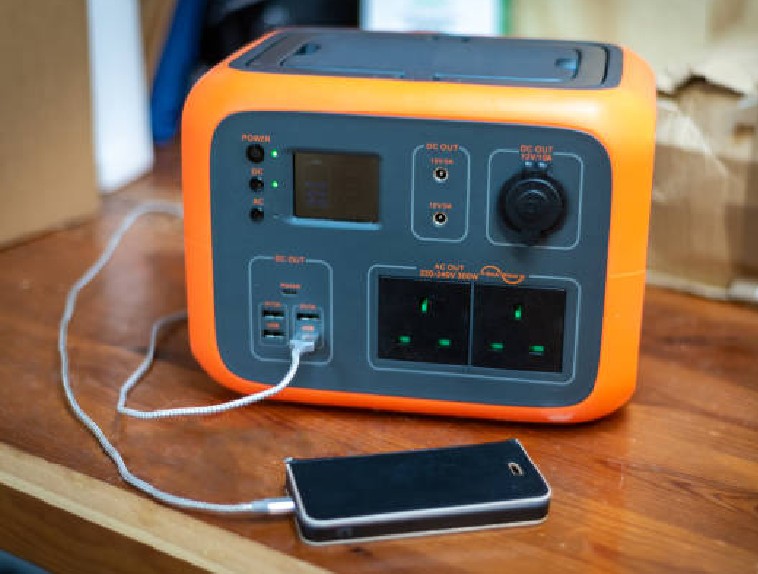
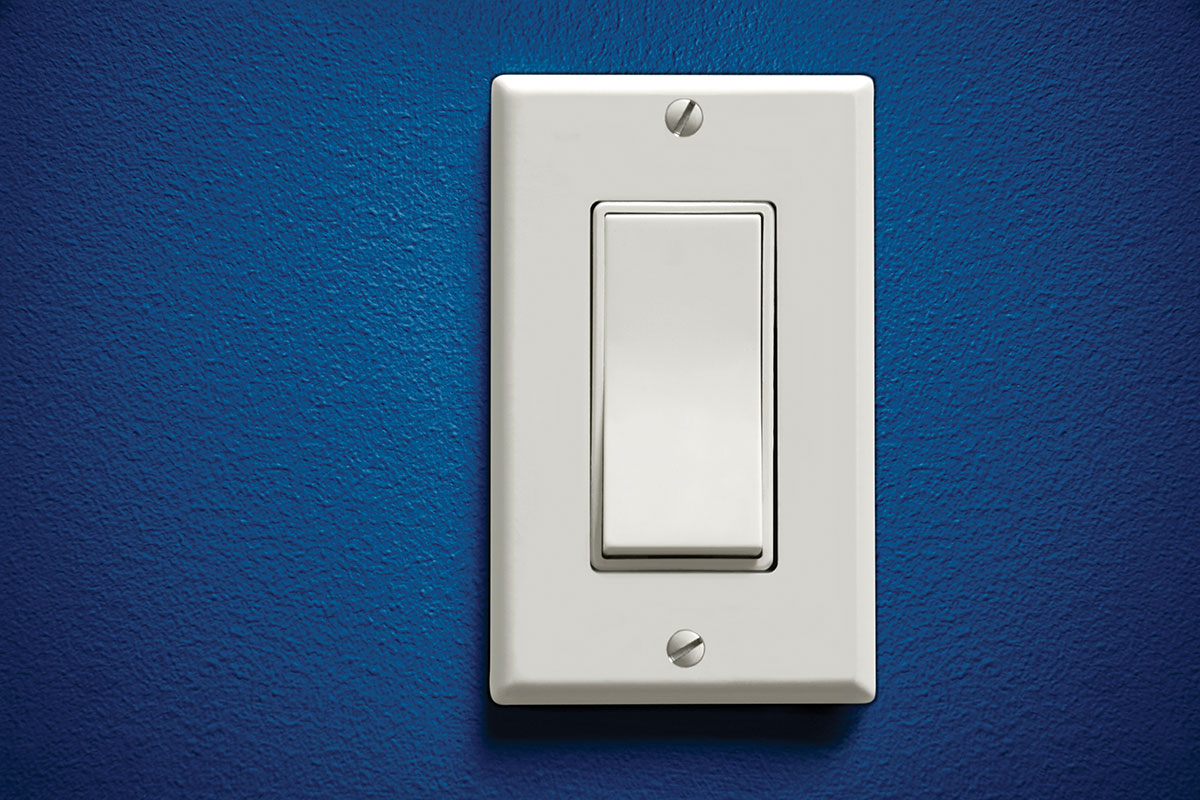
Find Us on Socials